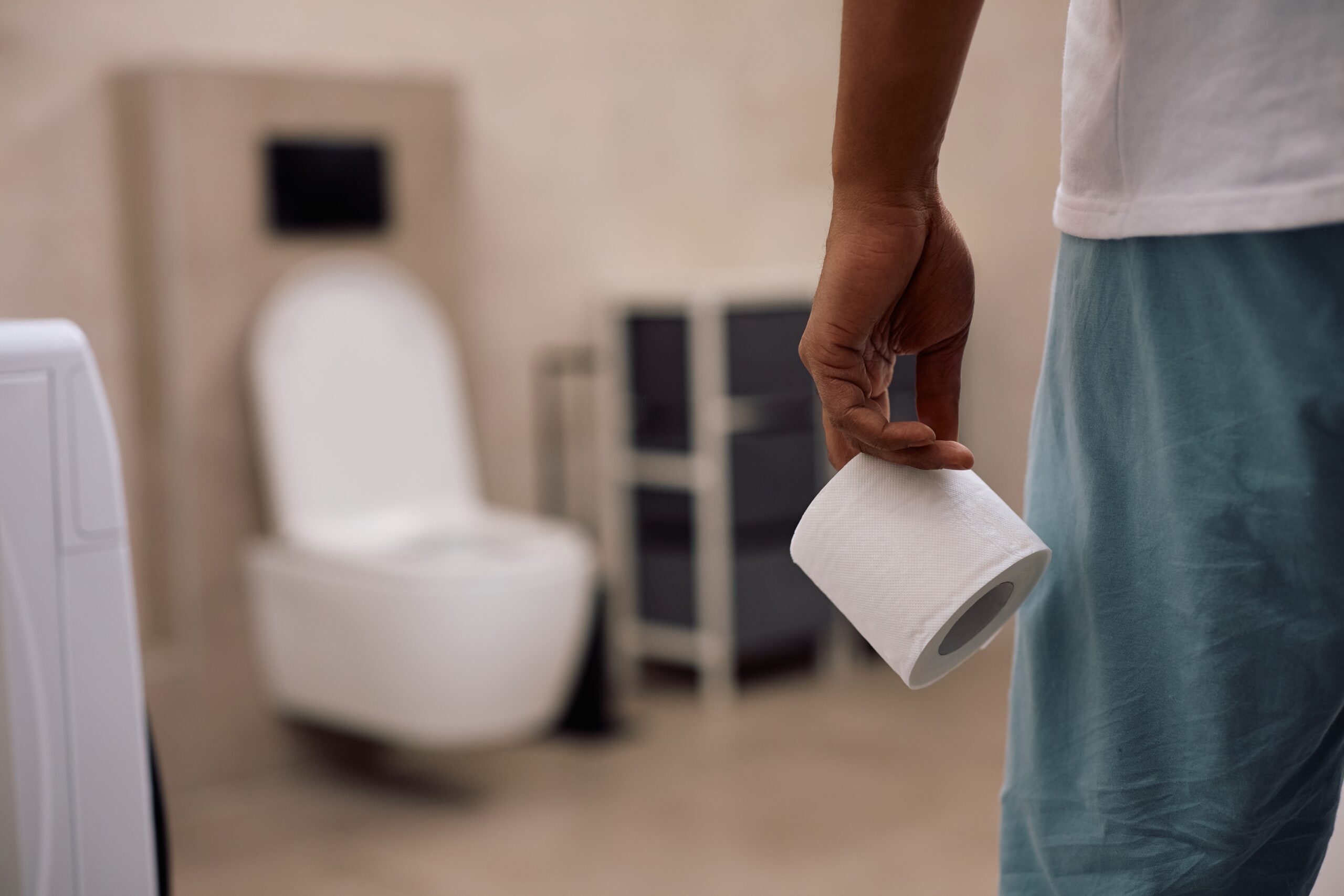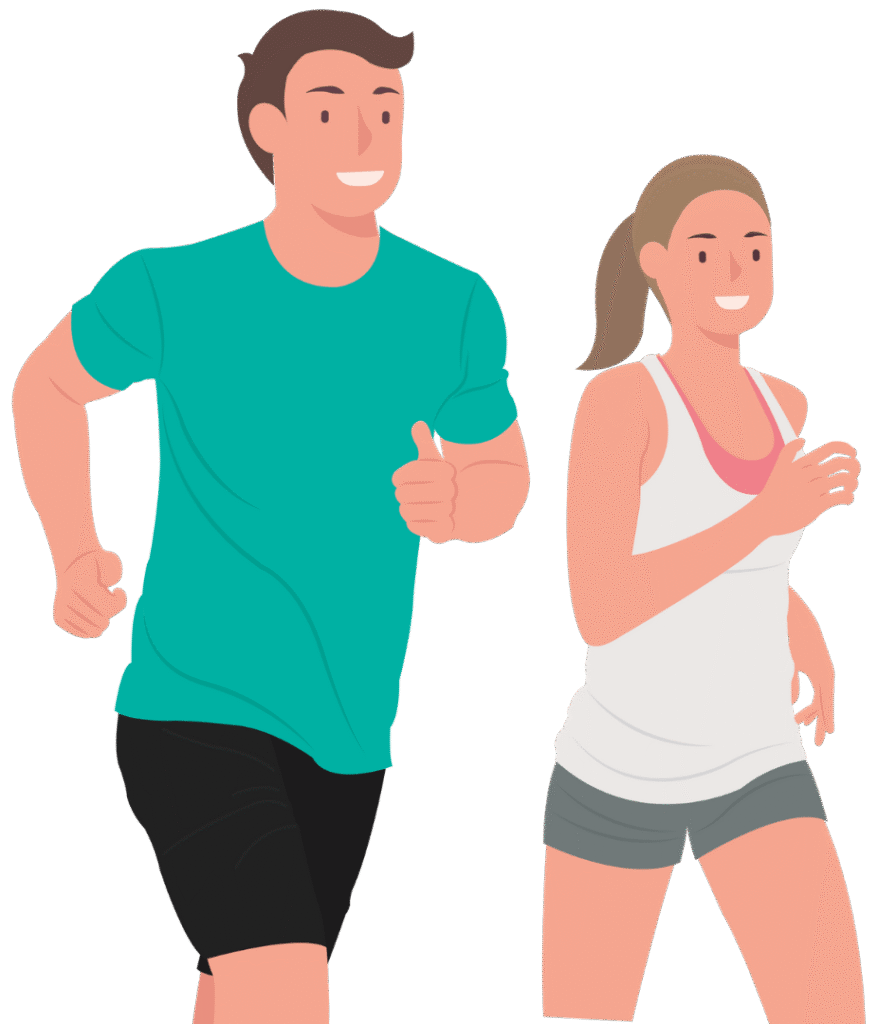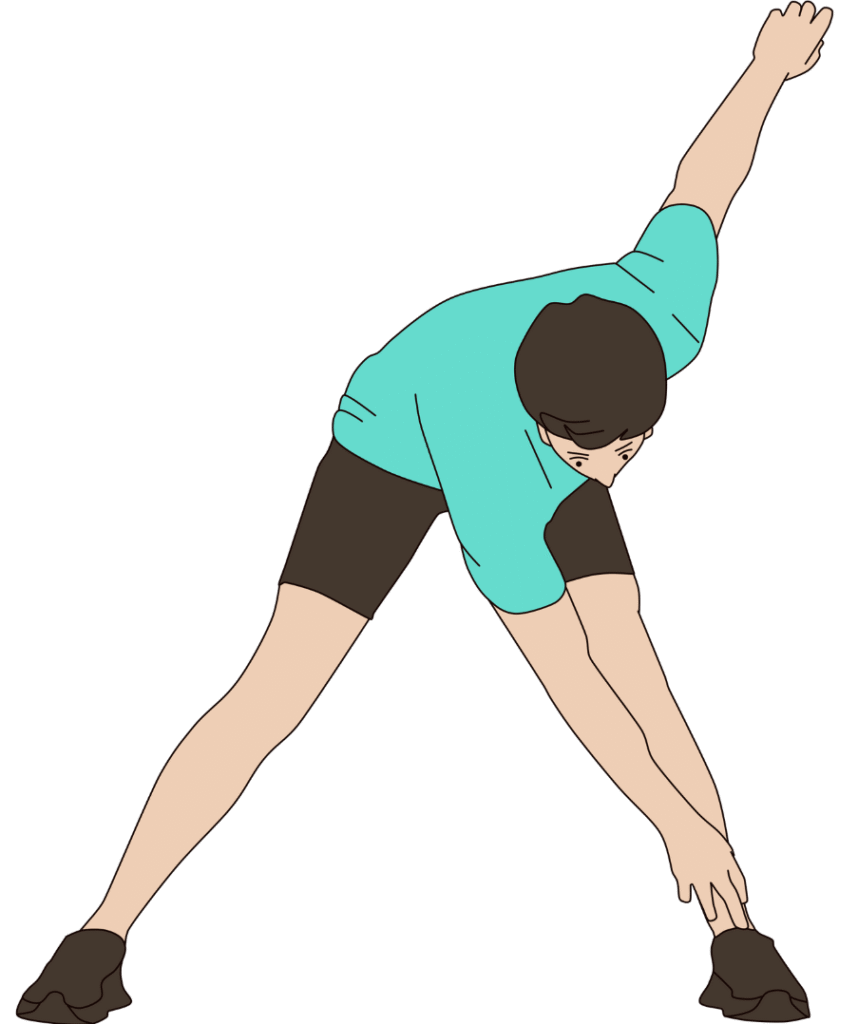Massage therapy goes beyond relaxation to become a powerful tool for muscle recovery and stress relief, with science now confirming what many have experienced firsthand.
At a Glance
- Massage therapy enhances muscle recovery by improving blood circulation, delivering oxygen and nutrients to damaged tissues.
- Scientific research shows massage can significantly reduce delayed onset muscle soreness (DOMS) and accelerate healing through precise, mechanical stimulation.
- Different techniques including Swedish, deep tissue, and sports massage offer varying benefits for recovery and stress reduction.
- Even brief 10-15 minute massages can provide meaningful benefits for recovery when performed regularly.
- Massage therapy works by reducing inflammation, releasing endorphins, and supporting the body’s natural healing processes.
How Massage Accelerates Muscle Recovery
Massage therapy stimulates blood flow to overworked muscles, delivering essential oxygen and nutrients needed for repair. This increased circulation helps flush metabolic waste products that accumulate during exercise, effectively reducing inflammation and soreness. The physical manipulation of tissues breaks up adhesions and scar tissue while improving muscle flexibility. Regular massage can significantly reduce recovery times between workouts, allowing for more consistent training and better overall physical performance, especially beneficial for adults maintaining active lifestyles in their 40s and beyond.
Recent Harvard research has demonstrated the scientific basis for massage’s effectiveness. Scientists developed a robotic system to deliver consistent compressive forces to injured muscles, revealing that these mechanical inputs significantly enhance muscle fiber regeneration. “Lots of people have been trying to study the beneficial effects of massage and other mechanotherapies on the body, but up to this point it hadn’t been done in a systematic, reproducible way,” explains Bo Ri Seo from Harvard’s School of Engineering and Applied Sciences.
Could be the first solid evidence about massage therapy “Massage therapy attenuates inflammatory signaling after exercise-induced muscle damage.” https://t.co/5Hya8wLLkE
— David Morales-Álamo (@D_Morales_Alamo) November 5, 2019
Effective Massage Techniques for Recovery
Several massage techniques have proven particularly effective for muscle recovery. Swedish massage uses long, flowing strokes to improve circulation and reduce tension, making it ideal for general recovery and stress relief. Deep tissue massage targets inner muscle layers and connective tissues, breaking up adhesions and scar tissue that form after injury or intense exercise. Sports massage, a more targeted approach, focuses on specific muscle groups used in particular activities, helping prevent injuries and enhancing flexibility in active individuals.
The timing of massage matters significantly for optimal recovery. While gentle massage can be beneficial immediately after exercise, deep tissue work should be delayed 24-48 hours post-workout due to its intensity. Even brief sessions provide meaningful benefits, as confirmed by rehabilitation specialist Lindy Royer: “Post-race, or post-workout, even a 10–15 minute massage can be supportive of recovery.” For adults maintaining active lifestyles, integrating regular massage sessions into recovery routines can help maintain mobility and reduce injury risk as the body ages.
The Science Behind Massage and Inflammation
Massage therapy influences the body’s inflammatory response in surprising ways. Research published through Harvard revealed that mechanotherapy reduces specific cytokines associated with neutrophil movement, critical immune cells involved in the healing process. “Neutrophils are known to kill and clear out pathogens and damaged tissue, but in this study we identified their direct impacts on muscle progenitor cell behaviors,” explains researcher Stephanie McNamara, highlighting how massage influences fundamental healing mechanisms at the cellular level.
Studies from the National Center for Biotechnology Information confirm massage effectively alleviates delayed onset muscle soreness (DOMS) and reduces swelling. While massage doesn’t necessarily enhance muscle function recovery speed, it significantly reduces discomfort during the recovery process. This pain reduction benefit is particularly important for older adults who may experience more pronounced DOMS after physical activity, allowing them to maintain consistent exercise routines without prolonged discomfort.
Beyond Muscles: Stress Relief Benefits
The mental benefits of massage therapy extend far beyond muscle recovery. Regular massage triggers the release of endorphins, the body’s natural painkillers, creating an overall sense of wellbeing. The parasympathetic nervous system activation during massage reduces cortisol levels while increasing serotonin and dopamine, powerful mood regulators. For adults navigating midlife stressors like career pressures, family responsibilities, and health concerns, massage provides valuable time for mental restoration and stress reduction beyond its physical benefits.
Beyond traditional recovery, massage shows promise for specific health concerns common in midlife, including fibromyalgia management, anxiety reduction, and improved circulation for those with peripheral artery disease. The combination of physical manipulation and mental relaxation creates a comprehensive approach to addressing both physical discomfort and stress-related issues, making massage a valuable component of an overall wellness strategy for adults interested in maintaining and improving their health as they age.
Sources:








